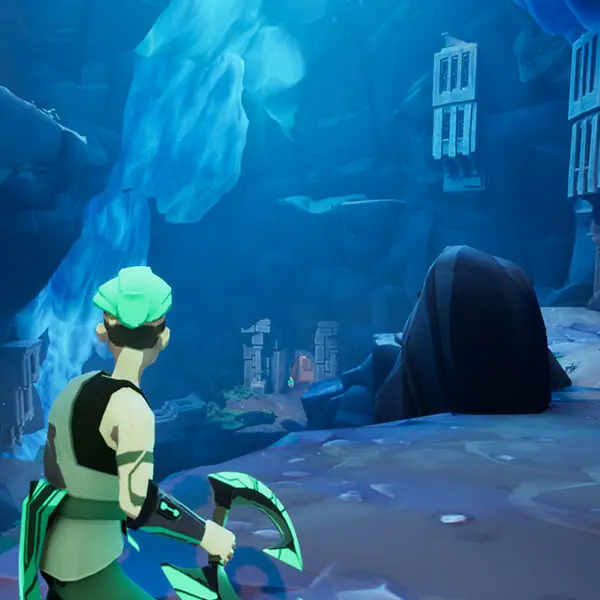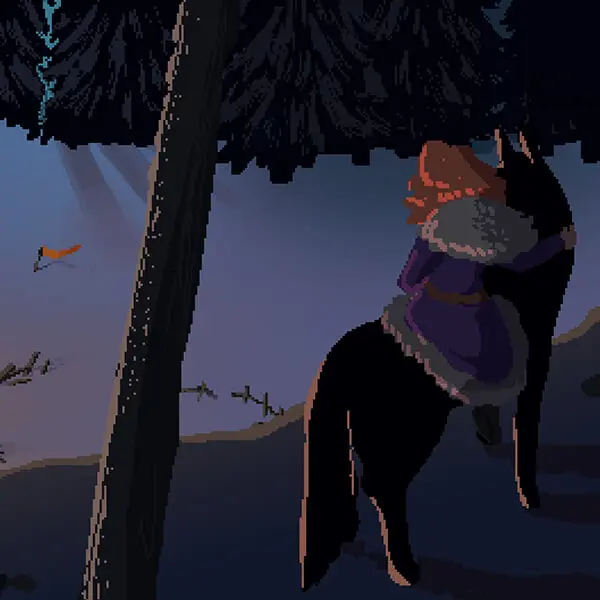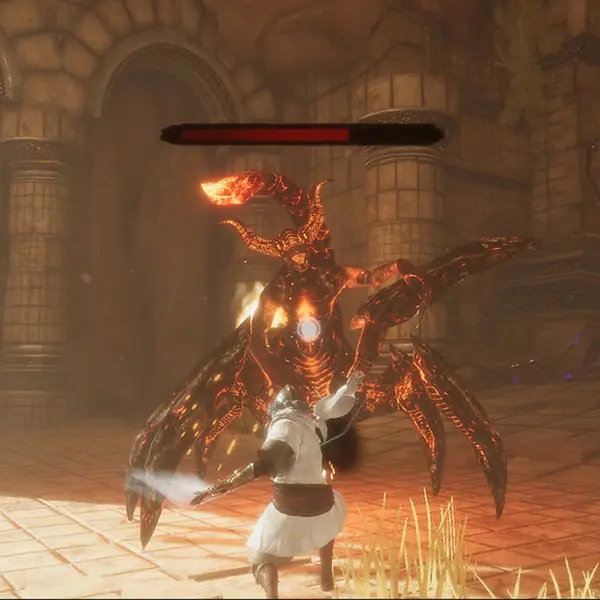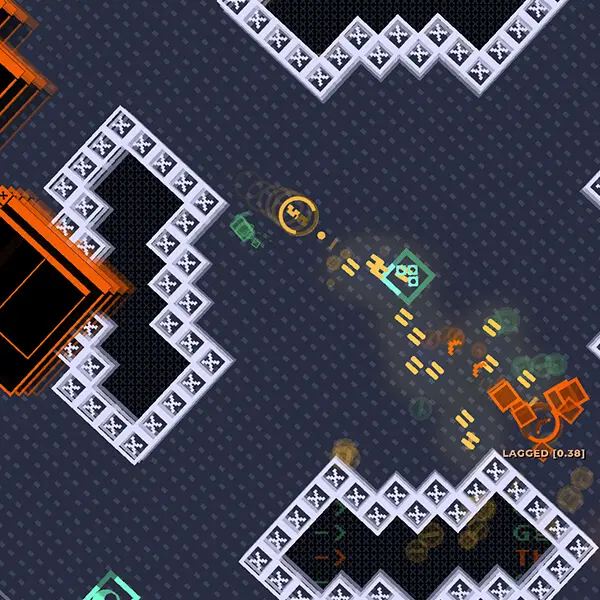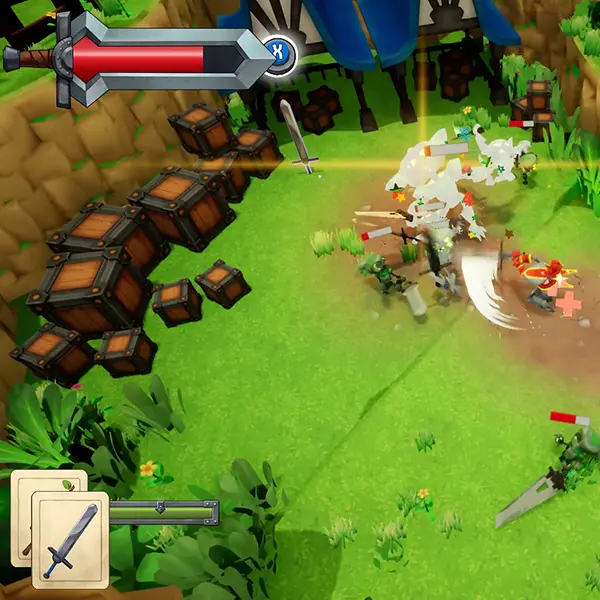DigiPen’s BA in Game Design program is built around six design concentrations — level design, narrative design, systems design, technical design, user experience design, and user research. Students spend their first two years learning about each design discipline, then choose two they would like to specialize in at the end of their sophomore year. While all six disciplines overlap and interact with one another, this series takes a closer look at each individual concentration.
Game design is generally understood as an iterative process. You design something, try it out, design it a little differently, and try it again. Somewhere down the line, after multiple iterations, you hopefully find the winning design. But without user research to inform your choices, that winning design might not be so winning after all. “User research is about bulletproofing your design so blind spots don’t end up making your final product weaker,” says Richard Rowan, chair of DigiPen’s Department of Design. “User research is all about making sure everybody gets your game and that everybody can engage in that experience.”
User research, the only one of the BA in Game Design program’s six specialty tracks without “design” in its name, acts to improve the other five disciplines. “Even if you’re a designer in one of the other five tracks, to be a good designer, you still have to be doing user research to be successful no matter what,” Rowan says. “It’s really about understanding how to conduct scientific research, surveys, and playtests without biasing your samples; how to collect data ethically, and how to present that information clearly and coherently to tell a story that you can draw meaningful conclusions from.”
To understand the importance of science-based playtesting, it can be helpful to understand the repercussions of non-science-based playtesting. “If you aren’t actively designing for a particular group of users, you’re still designing for at least one user — yourself,” Rowan says. “What can happen is you end up with things in your game that are very obvious to you that most users actually stumble on, things you didn’t anticipate.”
User research is about bulletproofing your design so blind spots don’t end up making your final product weaker.
Design students who tend to be attracted to user research are, perhaps unsurprisingly, science inclined. In DigiPen’s introductory user research course, students learn a range of scientific methods and how to apply them to playtesting. “It’s very closely related to psychology actually. We’re looking at the concepts of confirmation bias, selection bias — all these different types of biases that can come in,” Rowan says. “We do that to help design more rigorous surveys and ask more rigorous questions that don’t lead subjects to simply give you the information you’re expecting. It’s about creating a safe environment where users can give honest feedback.”
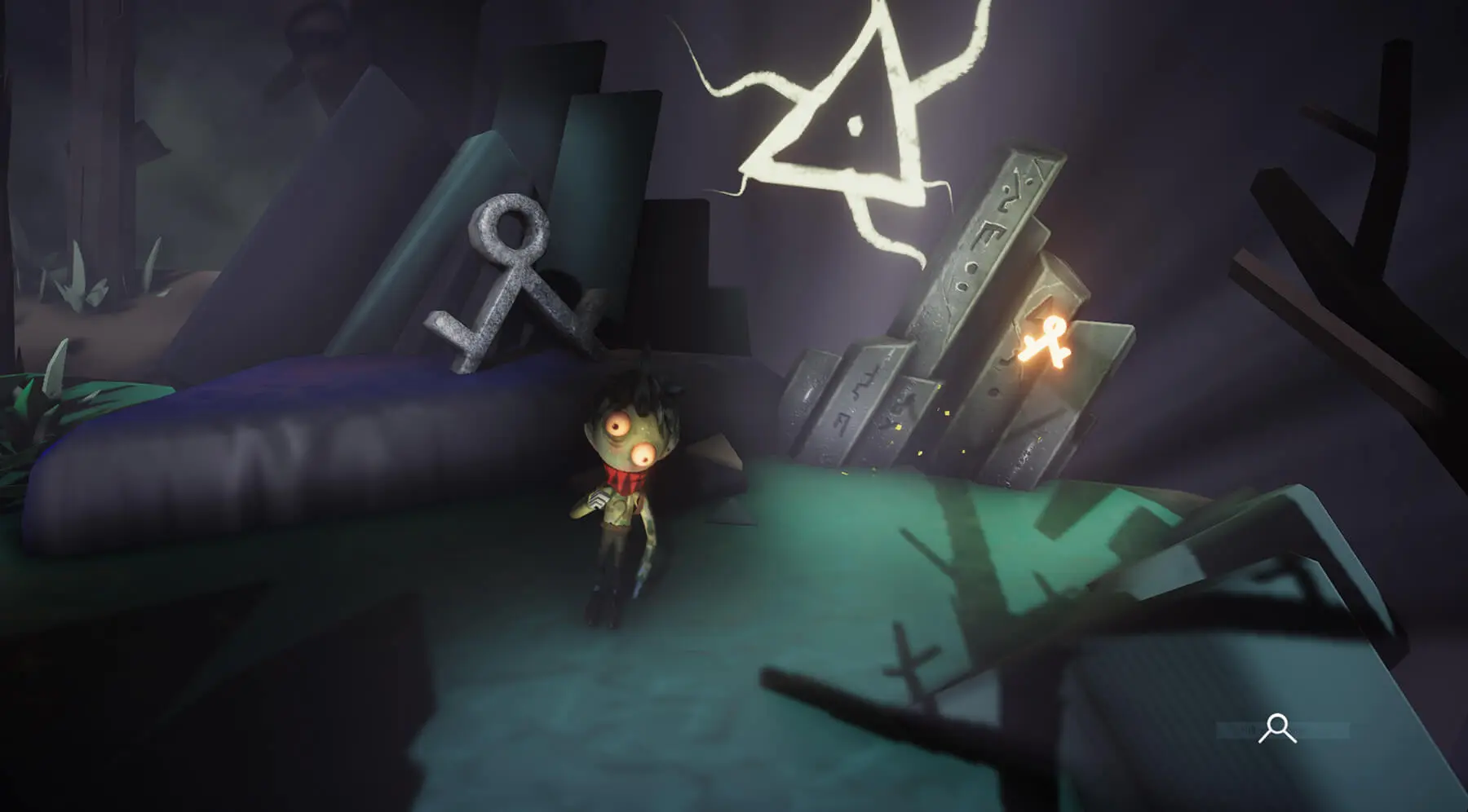
To truly evaluate the efficacy of their games, user researchers often need to measure values that can seem fairly subjective, including basic emotions like boredom, confusion, and engagement. Learning how to evaluate these elusive qualities in a scientific way is a crucial part in gathering accurate, useful data that can improve the end product. “We’re able to tell directly if people are bored, even if they don’t say it,” Rowan says. “We can use medical-grade bracelets that measure the arousal levels of a user’s nervous system to see how engaged in the game they are. We can track facial microexpressions and eye movements and match them up with synchronized recordings of the gameplay. Using that, we can go back and say, ‘This is the exact moment the player got confused.’” The ability to convert the subjective reality of players into objective metrics is an extremely powerful tool, one that can help the entire team make better, more informed design choices throughout development.
In their advanced user research courses, DigiPen students learn how to conduct focus groups, thereby honing their ability to measure emotions and understand different player persona types that can impact a game team’s design approach. “User research students eventually take everything they’ve learned and use it to conduct research on their own game projects,” Rowan says. “Once they’re trained on how to use our user research lab, they can bring their game in, bring in test subjects, and actually get real feedback.”
Students expand their scope even wider in higher-level user research courses, diving into more focused data analysis, how to visualize their info, and how to glean useful information from big data sets. “For one project, I have them go out and collect a very large data set with at least 10,000 entries on any subject that’s interesting to them,” Rowan says. “Then they have to generate charts, slice the data, draw some conclusions, put together a presentation to tell a story with it, and point out paths for future exploration.” Learning how to extract specific insights from large data sets is an essential skill given that user researchers end up conducting analysis on a wide variety of games.
DigiPen BA in Game Design student Nate Borger on diving into user research:
“For me, game design is all about iteration. While user research is the specialization most removed from directly designing the game itself, it is by far the closest to the iterative process of development. I am drawn to user research because I can distance myself from the design of the game and see how the game works and doesn’t work in actuality. Taking something that I made and seeing how people react to it is where I get inspiration to continue designing. Games are made for people, and it is my job to show people games.
Specializing in user research feels like being in a supportive role for my game team. Taking what my team has made and testing what we have often illuminates what we have missed. Testing is the quickest way to find issues and bugs, but it’s also the best way to fine tune that spark that makes the game wonderful. Through playtesting my team’s game, we can iterate and polish our game so much more efficiently than if it was a side job for a team member. If I focus on testing our game and getting that feedback to them, then the rest of the team is empowered to focus on their specialties.”
Related Articles in this Series
